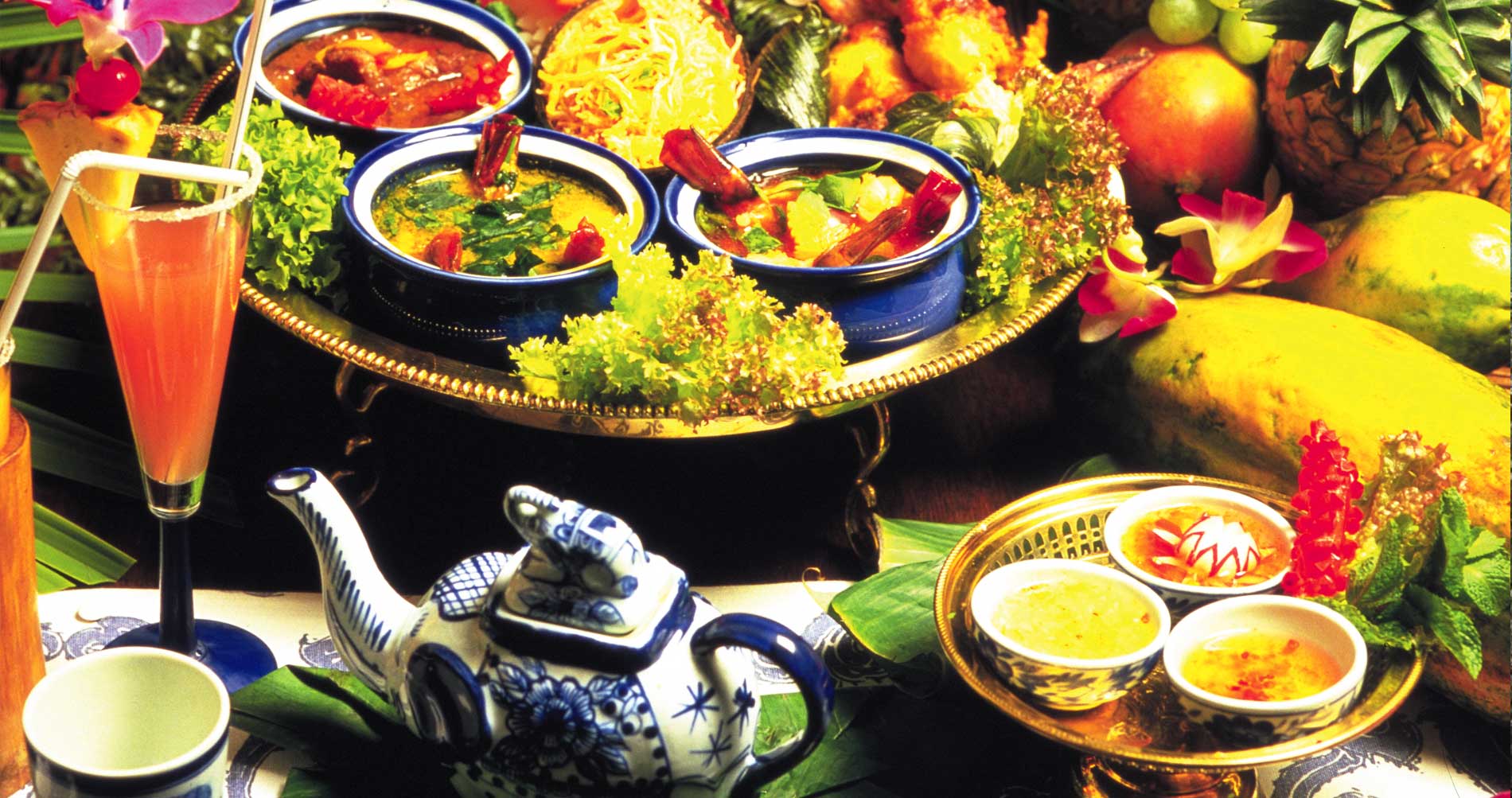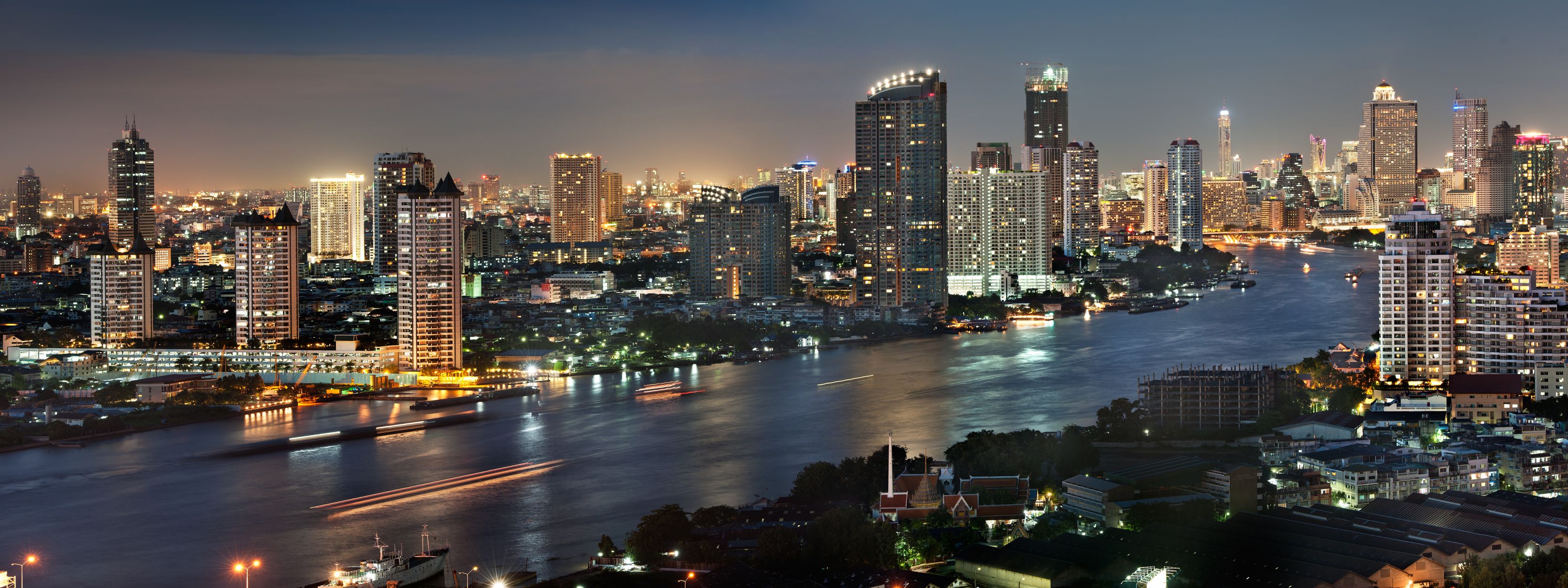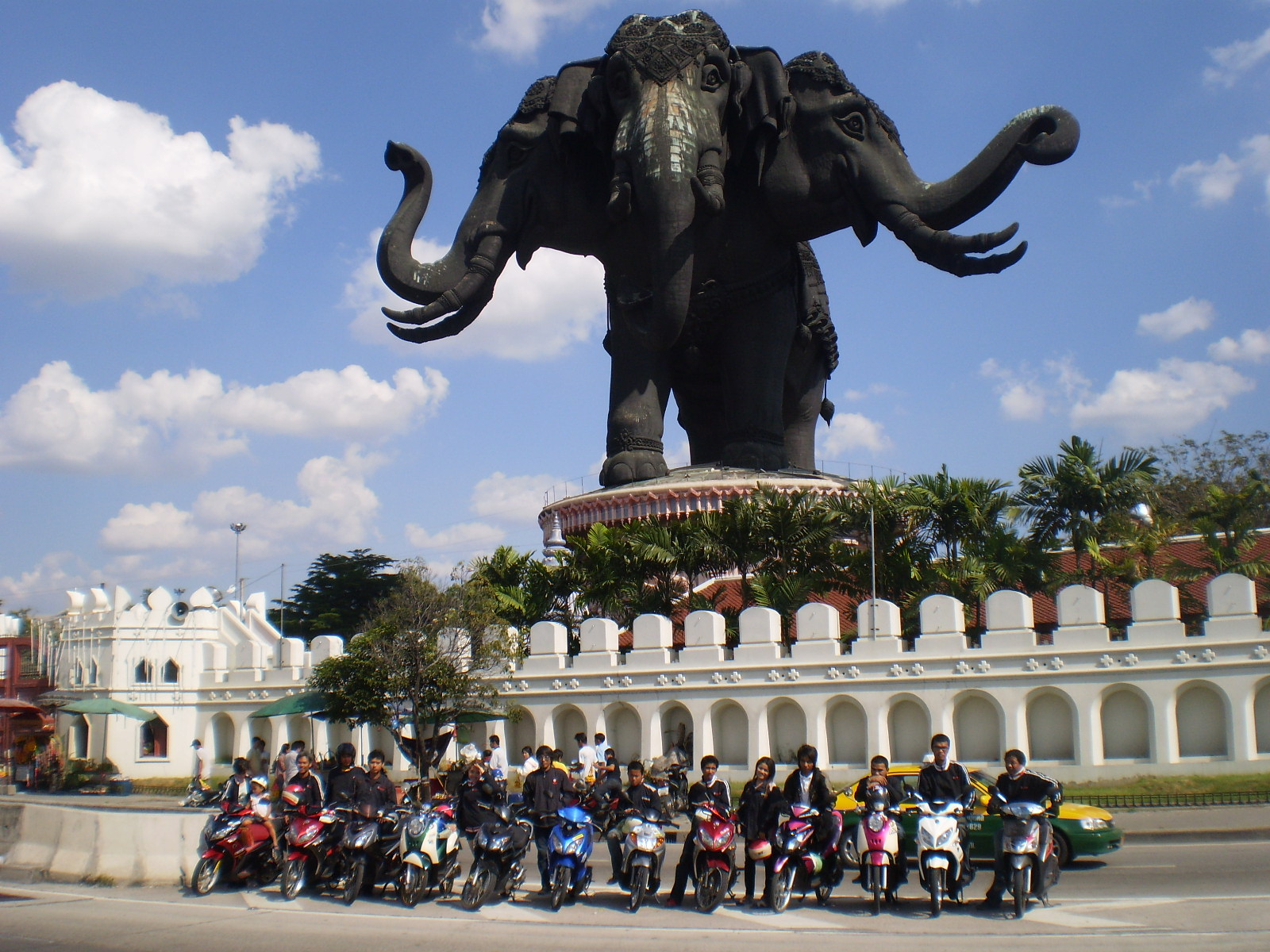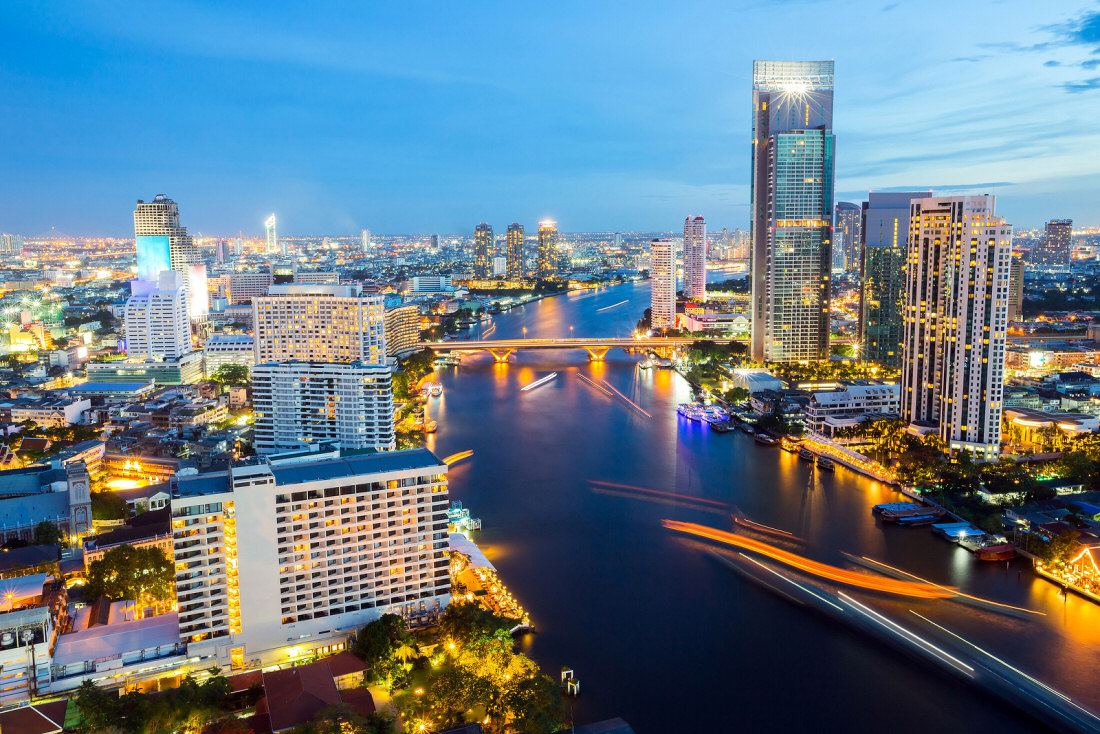If cuisine is about cooking style and food, then its features must be related to people, race, history, tradition, culture and science. In comparing cooking styles of the Thais (actually ‘Tais’ rather than ‘Thais’) and the Chinese more than two thousand years ago, both peoples shared the land of present day China but cooked differently.
The Chinese had already developed the rice steaming technique but the Tais were still boiling their rice. With evidence of rice-husk imprints on 5000-year-old pottery jars and rice seeds radio-carbon dated at 4000 years before Christ, both peoples slowly changed their habits of eating wild rice to cultivated rice of glutinous and non-glutinous varieties.
While northern Chinese ate steamed buns made of wheat flour, southern Chinese and Tais were already developing their cooking style. As far back as 850 years before Christ, Chinese annals gave description of the Tai people living in the basin near the Yellow River. They used fire to cook food in what is now Hupeh and Honan provinces in China. Although grilling or spit-roasting of meat did not require pots, boiling rice did require earthen-fired pots.
During Tai migration from Yunnan, a region of China, to the Malay peninsula, Tais or Thais became exposed to many other cuisines. In the thirteenth century during the reigns of Henry III and Edward I of England, Thais significantly changed their food habits and developed their cuisine further. Non-sticky and perfectly boiled fluffy rice or ‘Khao Suay’ was given an elevated status as ‘Khao Chao’ meaning rice for royalty. Glutinous rice or ‘Khao Niew’ was the rice for ordinary people.
Dishes to be eaten with rice were named ‘Kap Khao’ literally meaning ‘with rice’ in English. Early Thai dishes consisted of grilled fish, raw vegetables with salty and hot dippings, and forest curry without coconut milk or ‘Kang Pah’. Meals often ended with fruits, many of which originated in South Asia: coconut, durian, jackfruit, mango, banana and the rising star of Thai fruits, the mangosteen.
The Siamese became acquainted with people of many lands particularly during the Ayutthaya empire (1351-1767): Mons, Khmers, Burmese, Chinese, Mongols, Japanese, Indians, Moors, Tamils, Portuguese, French, Dutch and English. Those who had considerable influence of Thai cuisine were Indians and Tamils (curry spices), Chinese (ginger, garlic, stir-frying and steaming techniques) and Portuguese (custard and egg-yolk sweets).
Understanding Thai cuisine is the best introduction to Asian cuisine and its complexity. Such dishes as Tom Yum Kung or hot and sour prawn soup, Kang Khieu Wan Kai or green chicken curry, Kang Masaman or Thai beef curry and Phad Thai or fried Thai noodles should be enough to tempt you either to visit a nearby Thai restaurant or fly over to visit Thailand. The choice is yours.







